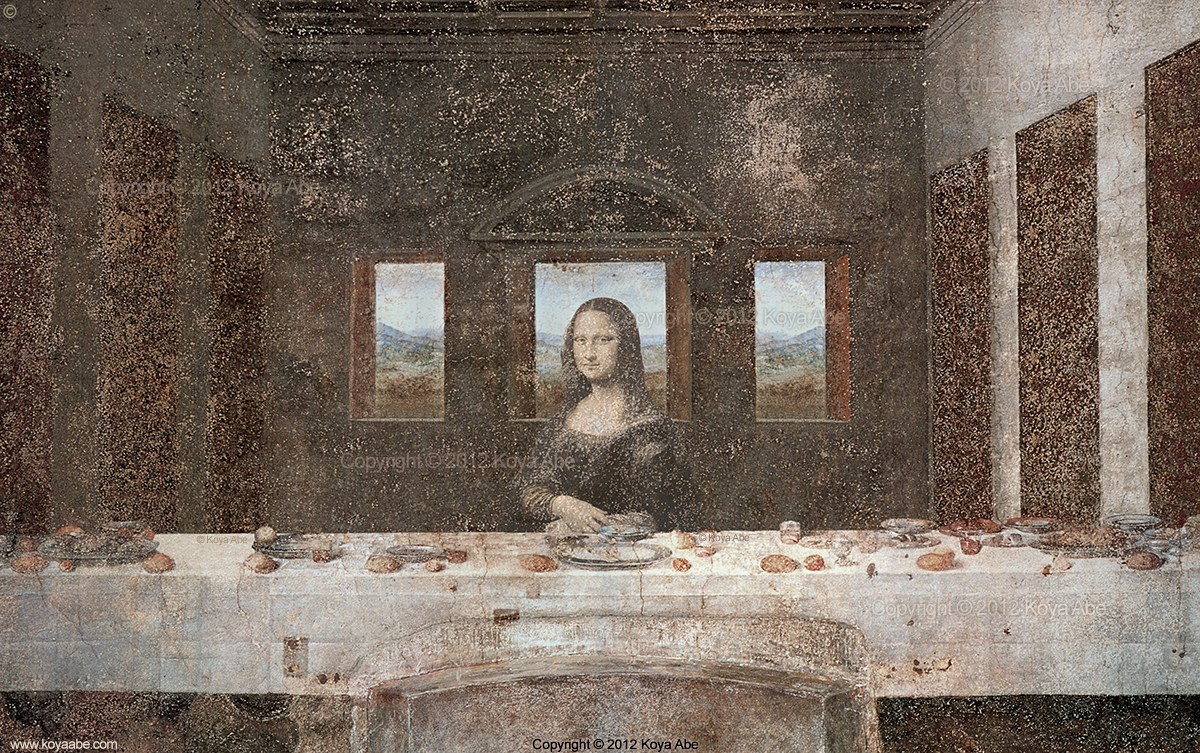
2 Study of the Painters I
3 Study of of the Painters II
4 Study of Sequence III
5 Study of Sequence I
6 Study of Sequence II
7 Study of Sequence IV
8 Study of Sequence VI
9 Study of Sequence VII
10 Study of Vermeer
11 Study of Caravaggio
12 Study of Delacroix
13 Study of Goya
14 Study of Self-Portrait I
15 Study of Self-Portrait II
16 Study of Self-Portrait III
17 Study of Light and Shadow III
18 Study of Light and Shadow II
19 Study of Self-Portrait IV
20 Study of Light and Shadow I
21 Study of Light and Shadow V
22 Study of the Card Players
23 Study of Light and Shadow IV
24 Study of L.H.O.O.Q. I
25 Study of L.H.O.O.Q. II
26 Study of L.H.O.O.Q. IV
27 Study of L.H.O.O.Q. III
28 Study of Still Life
29 Study of Music
30 Study of Still Life II
31 Study of Triangles I
32 Study of Triangles II
33 Study of Liquor
34 Study of Gaze
35 Study of Madame Ginoux
36 Study of the Sisters
37 Study of the Dutch School I
38 Study of the Dutch School II
39 Study of the Madonnas
40 Study of the Annunciation
41 Study of Light and Shadow VI
42 Study of Rembrandt
43 Study of the Spanish School
44 Study of Inspiration
45 Study of Portrait II
46 Study of Sequence V
47 Study of Self-Portrait V
48 Study of Portrait I
49 Study of Portrait III
New York City, 2012
Contact us for exhibition & reproduction requests, press information, and for any other inquiries.